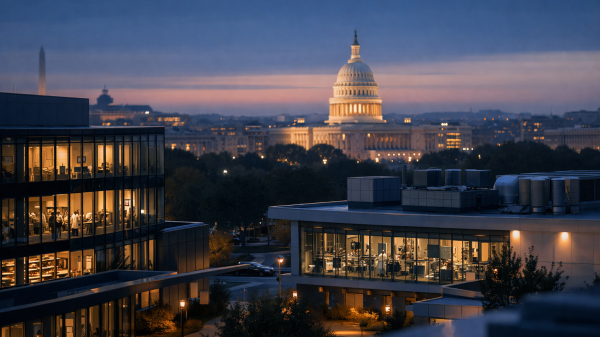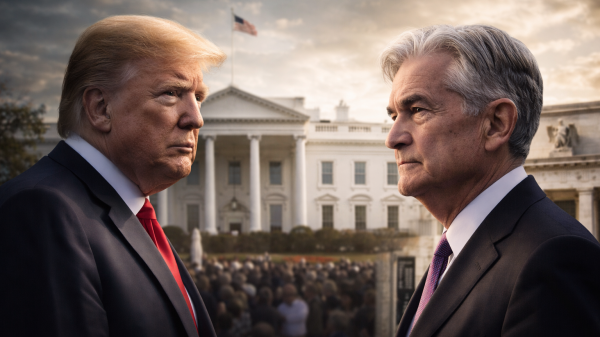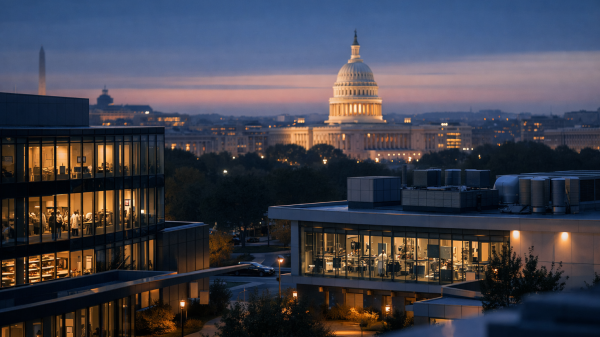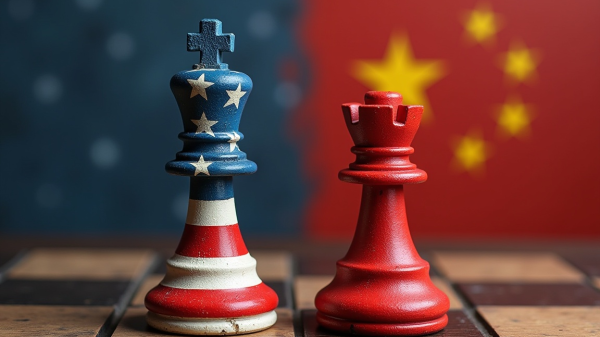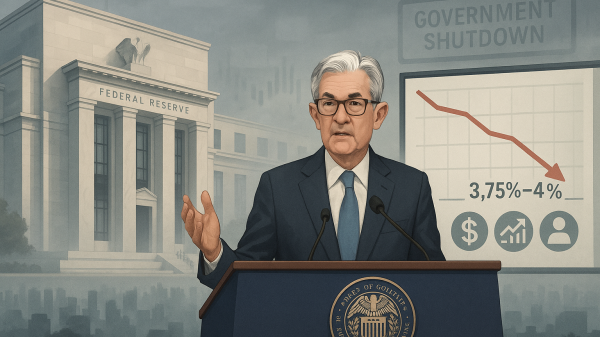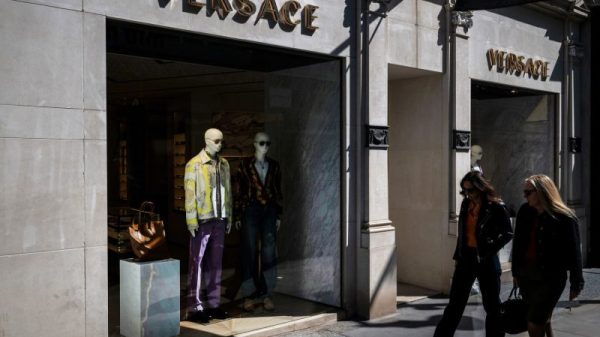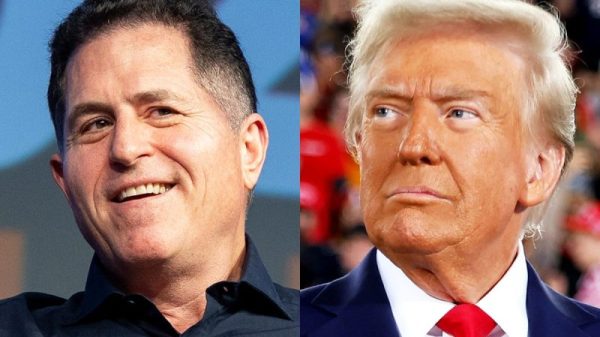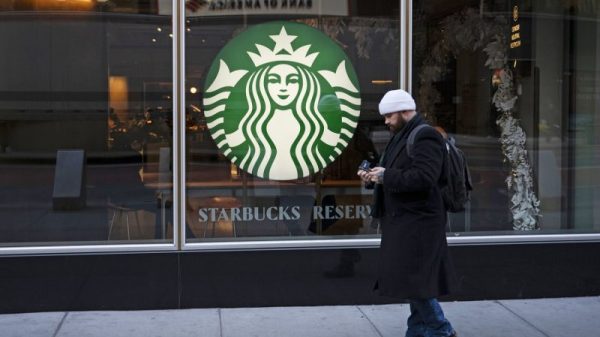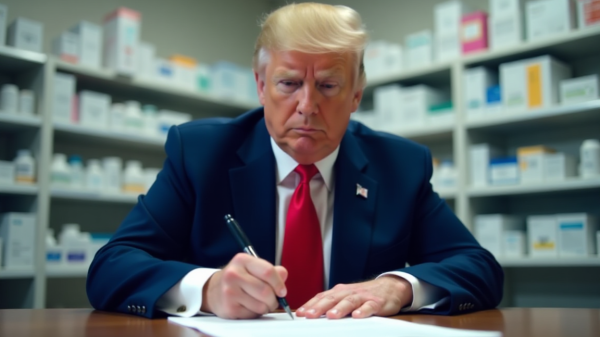Indian Prime Minister Narendra Modi is set to visit China for the first time in over seven years to attend the Shanghai Cooperation Organisation (SCO) summit on 31 August, marking a significant moment in India’s foreign policy realignment.
The visit, expected to take place in Tianjin, reflects a broader diplomatic recalibration as tensions rise between India and the United States, particularly around trade tariffs and India’s continued imports of Russian oil.
While the SCO summit represents multilateral cooperation among major Eurasian powers, Modi’s attendance also signals India’s strategic balancing act as the US hardens its stance.
US-India tensions escalate over tariffs and oil
India’s relations with the US have deteriorated sharply in recent months, with President Donald Trump imposing the highest tariffs among Asian peers on Indian goods.
The pressure escalated after India maintained its energy ties with Russia despite US calls to curtail those imports.
Trump has now threatened to impose an additional 10% penalty on countries buying Russian oil, including India, which could raise the total US tariff on Indian goods to 35%.
This comes amid Trump’s broader push against BRICS nations, which he accuses of “aligning themselves with anti-American policies”. India, a member of the BRICS grouping, now faces heightened scrutiny from Washington.
Trump said further penalties would be decided after the outcome of peace talks with Russia, which the US hopes will result in a ceasefire in Ukraine before the current deadline.
India’s diplomatic response spans Moscow to Beijing
Ahead of Modi’s visit to China, India has already begun a series of high-level diplomatic engagements.
National Security Adviser Ajit Doval is in Moscow, where discussions are underway about India’s Russian oil imports, ongoing defence cooperation, and expedited delivery of Moscow’s S400 air defence system.
Doval’s trip also comes as Trump’s top envoy, Steve Witkoff, arrived in Russia to push for a peace deal in Ukraine.
India’s diplomatic efforts will continue with an upcoming visit by Foreign Minister Subrahmanyam Jaishankar, who is expected to address the wider implications of trade and energy pressures from Washington.
Economic impact of tariffs could hit $64bn in exports
India exported goods worth approximately $81 billion to the US in 2024, accounting for around 80% of its total exports to the country.
According to an internal government assessment, India could lose competitive advantage in $64 billion worth of goods due to Trump’s tariff crackdown.
The estimate assumes a 10% penalty on oil imports layered on top of existing duties, bringing the total US tariff burden to 35%.
Despite the risks to its export sector, the Reserve Bank of India has kept its GDP growth forecast steady at 6.5% for the current financial year.
Given the relatively small role exports play in India’s $4 trillion economy, the central bank does not expect a significant dent in overall growth.
China visit signals regional shift amid global uncertainty
Modi’s participation in the SCO summit in China underscores a potential thaw in Sino-Indian relations, which had soured after a deadly 2020 border clash. His last visit to China was in June 2018.
Recent talks between Modi and Chinese President Xi Jinping during the BRICS summit in Russia in October 2024 helped ease bilateral tensions.
While India continues to engage with the West, its presence at the SCO alongside Russia and China indicates a recalibrated approach in the face of unpredictable US foreign policy.
For now, India appears to be leveraging multilateral diplomacy to maintain strategic flexibility without compromising core national interests.
The post Modi plans China visit amid US tariff threats to $64 billion exports appeared first on Invezz

